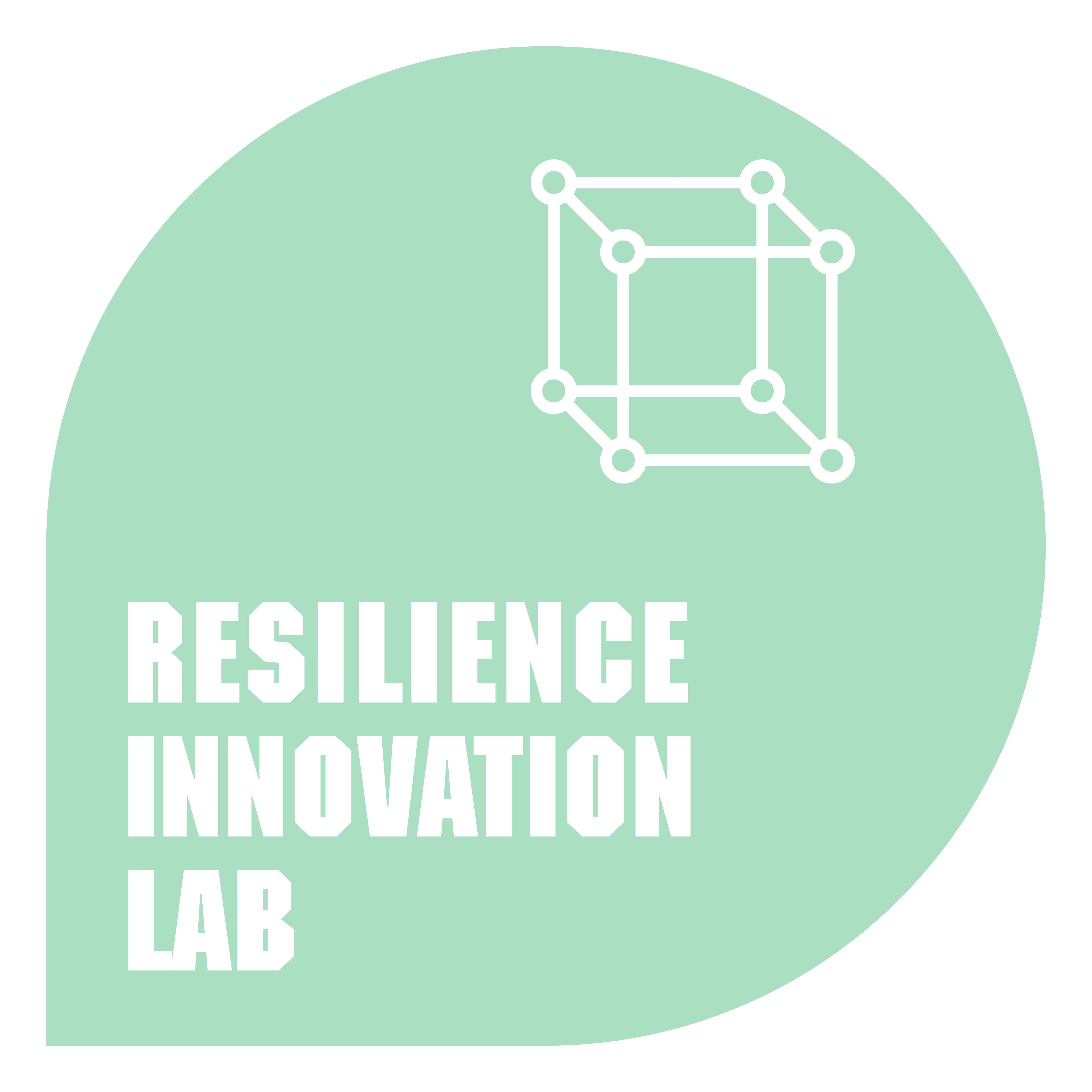
Archival activism refers to the practice of preserving, organising, and presenting historical archives—not merely as a method of documentation, but as a means of promoting social justice and human rights. It is therefore both a means and an end. This form of activism seeks to bring to light overlooked histories, silenced voices, and deliberately forgotten stories, thereby fostering social reflection and transformation.
The technological principles of Web3—freedom, immutability, and decentralisation—are closely aligned with the goals of archival activism. Its emphasis on open access allows anyone to participate in the preservation and sharing of archives. Immutability ensures that the content of archives cannot be tampered with, thereby safeguarding the authenticity of historical records. The decentralised nature of Web3 enables archives to resist censorship and political interference, maintaining informational integrity and transparency. These features make archival efforts more democratic, allowing anyone to take part in the preservation and dissemination of information.
Web3’s decentralised nature also helps archival activism resist political interference and the erosion of records over time. Traditional archiving methods are often under institutional or governmental control, making them vulnerable to censorship or destruction. By leveraging decentralised technology, data can be distributed across multiple nodes, ensuring that even if some are attacked or deleted, others continue to preserve and transmit the information. This anti-fragilityguarantees the long-term survival of archives and protects them against external pressures.
The integration of archival activism and Web3 democratises the processes of archiving, sharing, and accessing information. Through these emerging technologies, individuals and communities can freely preserve and share their own stories without reliance on central authorities to decide what records merit preservation. This democratisation marks not only a technological advancement but a cultural and social one, supporting the movement towards a more inclusive and just future.
Read more: Web3-backed Digital Archiving: User Guide For Beginners (Chinese Only)
檔案行動主義與web3
檔案行動主義是一種關注保存、整理和呈現歷史檔案的行動,它不僅僅是保存資料,更是通過這些檔案來推動社會正義和人權。因此,檔案行動主義既是一種手段(means),也是一種目的(end)。這種行動力求讓那些被忽視的歷史、被壓抑的聲音以及被刻意遺忘的故事得以重見天日,從而促進社會的反思和變革。
Web3 的技術理念,包括自由、不可變性和去中心化,與檔案行動主義的目標高度契合。自由存取的特性使得任何人都可以參與檔案的保存和共享;不可變性則確保了檔案內容不會被隨意修改,從而保留了真實的歷史記錄;而去中心化的結構使得這些檔案可以抵抗審查和政治干預,保持信息的完整和透明度。這些特性使得檔案行動變得更加民主化,任何人都可以參與到資料的保存與傳播之中。
Web3 的去中心化特性也幫助檔案行動主義抵抗政治干預和時間的侵蝕。傳統的檔案保存方式往往受到政府或機構的控制,容易遭到審查或毀壞。而通過去中心化技術,這些檔案可以被分散存儲在多個節點上,即使某些節點遭到攻擊或被刪除,其他節點仍然可以保留並傳遞這些信息。這種抗脆弱性保證了檔案的長期存續,並且能夠對抗來自外界的壓力。
檔案行動主義與 Web3 的結合,讓檔案的保存、分享和存取變得更加民主化。通過這種新技術,個人和社群能夠更自由地保存和共享自己的故事,不再依賴於某個中央權威來決定哪些記錄可以被保存。這樣的民主化不僅是技術的進步,更是社會文化的進步,推動了一個更包容、更公正的未來。

Comments are closed